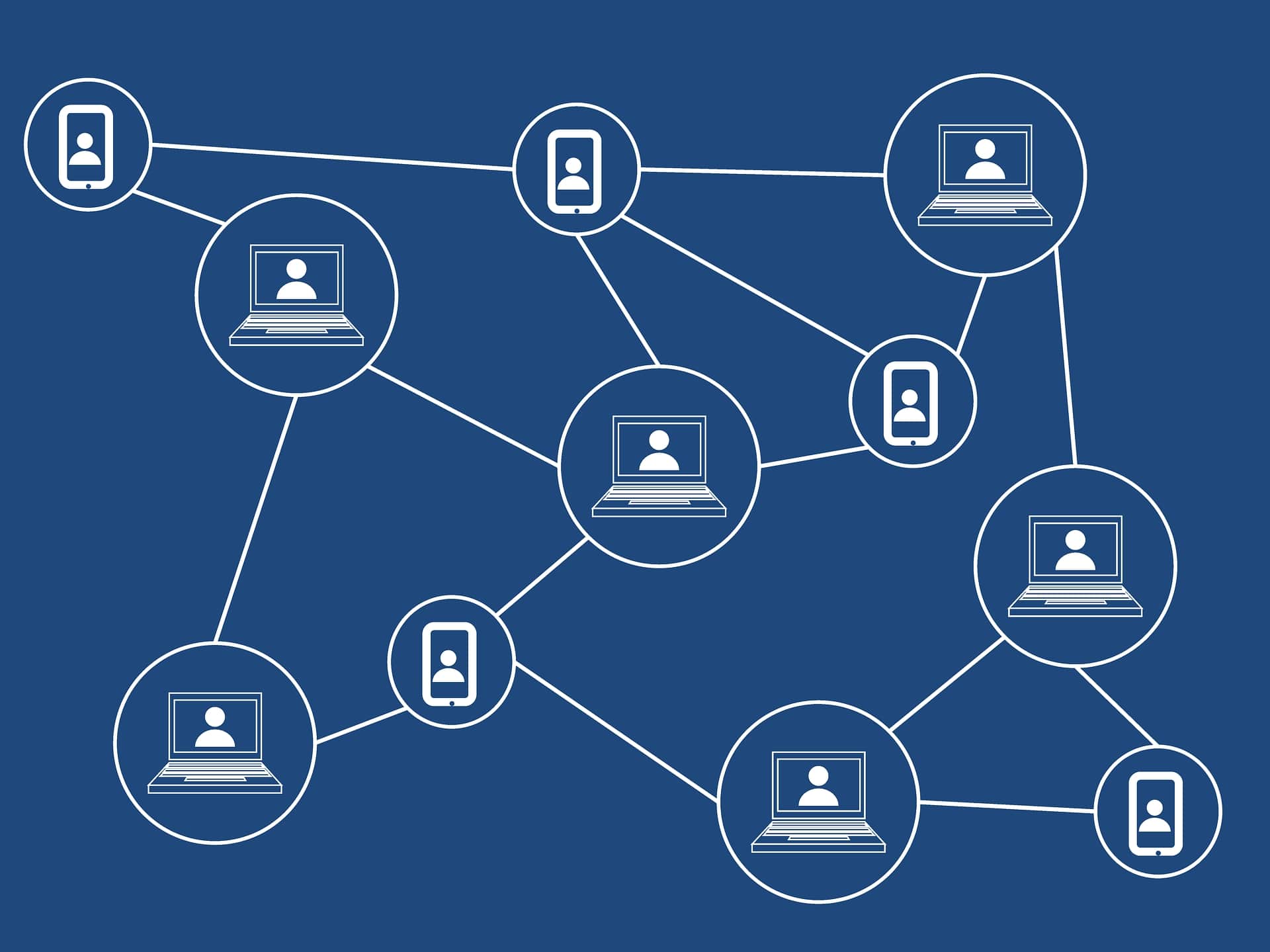Never before has the need for a new capital markets system been more visible than now. The unprecedented levels of market volatility and risk since the outbreak of the COVID-19 crisis opens the door for a new decentralised market infrastructure that can expand market participation and ensure greater liquidity, trust and transparency, says Connie Bloem, platform owner at Andile Solutions.
Bloem says the financial industry is notoriously complicated, intimidating and unconnected and the recent volatility and risk – the likes of which most risk models have not even considered in their wildest ‘what-if’ scenarios, will most likely not stop when lockdown periods are changed significantly.
“The current market turmoil may become an everyday occurrence for the foreseeable future. Blockchain technology – and tools such as smart contracts, decentralised oracles and tokens – offers the possibility to build a new kind of capital markets system. This financial market fabric can enable real market inclusion, allowing lenders and investors to capture, verify and securely store new sources of information. New digital avenues can empower and include individuals currently excluded from financial markets. Barriers to entry can be lowered, providing greater participation and access to unexplored pools of liquidity,” says Bloem.
According to her the financial industry had started to find its step again after the 2008 financial crisis. “Systems started to stabilize, market participants were finding their way around cumbersome regulations, which in turn strengthened the systems with an additional layer of reporting and control, but this outbreak is a major blow to that progress. Even before the COVID-19 crisis, there has been an opportunity to significantly enhance the industry.
“Capital markets are built around centralised market infrastructure. This infrastructure requires intermediaries to create markets and connect participants through a centralised exchange. They utilise the system’s centralised settlement, clearing and custody services. This system of centralisation has been developing over the years to promote connection, transparency, safety and efficiency. Risk has been mitigated by trusting impartial third parties to produce a single version of the truth and decreasing operational risk through reconciliation, data integrity and, sometimes, brute force.
“Inefficiencies and high barriers to entry in the present system have created abundant opportunities for intermediary services. As a result, markets are distended and disconnected. The value is dispersed across market participants, prompting costs to increase and market speed to match the slowest trade,” says Bloem.
Beyond the central market infrastructure, banks and other market participants also retain their versions of the truth in multiple internal systems. Through these, they track positions, access data, perform operations, and connect to the market. “Financial market participants are dealing with systematic inefficiencies and extreme market conditions. Their current systems, and the existing market infrastructure, do not allow them to be flexible. They cannot be reactive enough to innovate sufficiently under normal market conditions. This is amplified in a market where fear is palpable. Active fleeing to other sources of liquidity and stability can be seen in the sharp decline of curves and the red tint of trade screens.
“Central banks and governments are valiantly working to ensure economic stability and bail-out plans. Liquidity has been reintroduced in bursts to ensure that banks and companies remain open and functioning. This can, however, not save everyone. The integrity of financial infrastructure will be ensured for central counterparties, such as exchanges and central securities depositories (CSDs). The risk of default among central infrastructure providers, including outsourced functionality and intermediary services, is very possible within current market conditions,” argues Bloem.
She contends that operationally, infrastructure has also been burdened more so than in any previous financial crisis. Infrastructure providers and market participants must deal with increased volumes and volatility, and decreased operational capacity, due to worldwide work-from-home policies.
“The booming innovations of fintechs are starting to nibble around the edges of the capital market’s overarching infrastructure and systematic problems. But these pockets of innovation are not addressing the root cause of the problem. Instead, they are exploiting smaller areas of value. They are more focused on directly challenging the existing system, instead of triggering large-scale disruption within the core.
“Market infrastructure can be decentralised through technology, providing trust, stability, strategic readiness and innovation. This technology should make market participants nimble: bringing creative solutions to the forefront and giving them the capacity and velocity to react to change and volatility. Beyond decentralisation, the market also requires access to secure and stable liquidity pools and financial instruments,” declares Bloem.
Bloem states that the solution to this is a trusted, decentralised and comprehensive market infrastructure which gives all participants market access and innovation opportunities. Such infrastructure can directly connect financial market participants cost-effectively and transparently, promoting liquidity and financial inclusion throughout the capital market.
Market participants would have the opportunity to significantly reduce their cost basis and improve efficiencies through standardisation and modernisation. Having fewer systems and intermediaries would drastically reduce unnecessary duplication, operational risk and costs.
“This is not a concept. Fintechs such as Andile Solutions have been actively working on precisely such decentralised market infrastructure. The advent of digital innovation, technologies such as blockchain, and the decentralised capabilities of software platforms have changed the rules. What was once impossible is now both prudent and progressive,” concludes Bloem.


